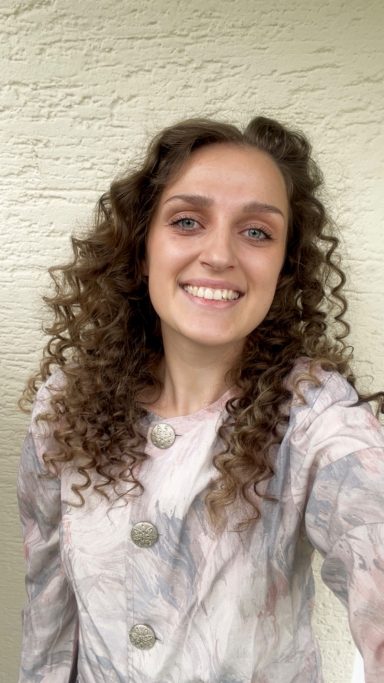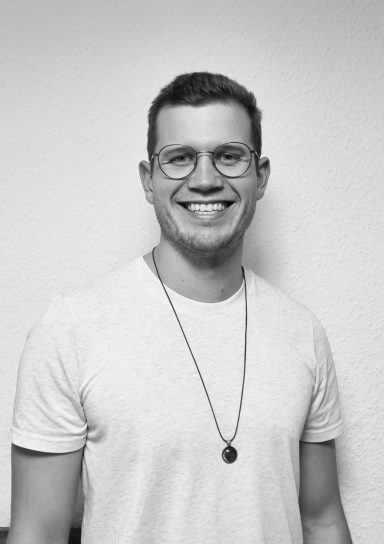Sensory integration for human balance
Research, Application, Technology
A Transfer-Project of the Human Performance Research Centre at the University of Konstanz
Research
Our goal is to understand the neuro-mechanics of human balance in standing and walking.
Selected publications
Virtual Reality as a Tool for Balance Experiments

We showed that VR has reached behavioral realism: balance of human viewing a static and a moving virtual scene showed similar sway patterns as in a real-world environment.
Newly out in 2024: "Is it me or the train moving? Humans resolve sensory conflicts with a nonlinear feedback mechanism in balance control"
AVOC - Developing AR Goggles to Improve Balance

Vision improves balance when viewing a stable visual scene. However, visual orientation depends on the quality of the visual reference. We develop googles that always provide such a reference. Our goal is to thereby improve balance and prevent falls.
Why Cybernetics?

Historical context
The term cybernetics was introduced by the mathematician and philosopher Norbert Wiener for the - at the time - novel field of communication in animals and the machine.
The novelty was the realization that closed loop - i.e. feedback - systems behave in a highly non-intuitive manner. The analysis requires specific experimental and mathematical approaches. We commit to this honorable line of thought.

Cybernetics of balance
Sensory feedback is a major aspect of human balance. Changes in sensory inputs modulate muscle contractions, which accelerate the body, thereby modulating the sensory inputs. These closed-loop dynamics can lead to highly non-intuitive behavior.
Cybernetics has made huge advancements, especially under the umbrella of control engineering. We make use of this knowlegde and apply it to better understand human balance.
Who we are
We are a small interdisciplinary group within the "Human Performance Research Centre" and in collaboration with the "Human Computer Interaction" Group at the University of Konstanz.

Lorenz Assländer
is a senior researcher and lecturer in human movement science at the department of sport-science. He studied Sport Science and Physics and obtained his PhD in the Neurological Clinic (Prof. Thomas Mergner) and the department of Sport Science (Prof. Albert Gollhofer) at the University of Freiburg.
Lorenz is the one pushing the ideas from the balance and movement science side.

Matthias Albrecht
is a PhD student in the group of Human Computer Interaction (Prof. Reiterer) in collaboration with the Postural Control Lab (Dr. Assländer). He obtained a Masters Degree in Computer Science.
Matthias is developing all the technology and software for these projects. He also uses this technology to conduct reasearch on human-computer interaction.

Markus Gruber
is Professor for Training and Movement Science at the University of Konstanz and head of the Human Performance Research Centre.
Student collaborators
Funding and Partners
More information coming soon.







